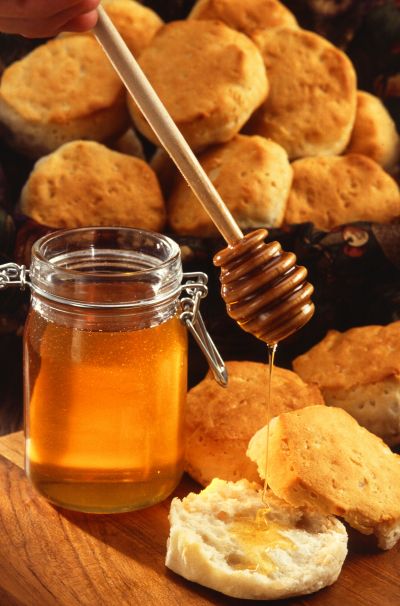Honey
crystallisation is a natural process that occurs over time, but many
consumers associate it with low-quality or 'off' honey. Unfortunately,
pasteurisation, which has been used for years to prevent
crystallisation, destroys naturally occurring vitamins and nutrients in
honey, and generally reduces the quality.
The EU-funded TOPHONEY project
worked to solve this problem by developing a heat-free alternative to
honey processing. They endeavoured to build an ultrasound-based system
that would prevent honey crystallisation without affecting its
nutritional value.
TOPHONEY first identified the most important honey quality factors,
and developed the protocols needed to measure them. Factors included
hydroxymethylfurfural (HMF), which is an indicator of excessive heat
treatment in honey, enzymes that are destroyed during pasteurisation and
glucose crystal size.
Two laboratory prototype systems for honey processing were built and
tested using various sources of honey and different operating
conditions. These provided the information needed to build an
industrial-scale system.
The resulting industrial prototype was then run in parallel with
conventional honey pasteurisation to compare its efficacy. The TOPHONEY
prototype did not affect HMF concentration, barely degraded the enzymes
in the honey and reduced glucose crystals to the same extent.
As such, the TOPHONEY project was successful in creating a system to
replace the pasteurisation of honey without impacting on honey quality.
Overall, this will result in better-quality honey for European
consumers.
 EN
EN  CS
CS DE
DE ES
ES FR
FR HU
HU IT
IT PL
PL PT
PT РУ
РУ SK
SK TR
TR УК
УК AR
AR 中文
中文







